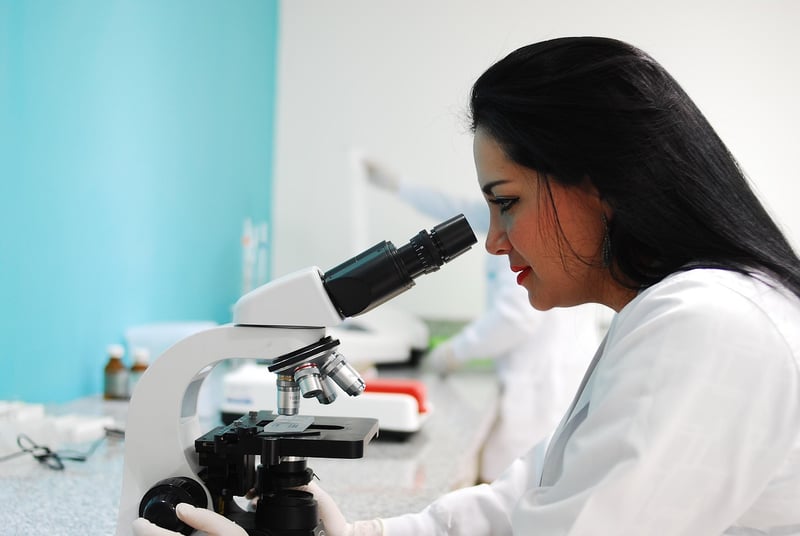Scientific Theories
The Science Behind Travel: Mechanisms and Theories
Introduction
Travel has always been an integral part of human life, driven by curiosity, exploration, and the need for trade and communication. The mechanisms that enable travel, as well as the scientific theories that explain these phenomena, are fascinating subjects that shed light on our understanding of the world. Let's delve into the science behind travel and explore some key mechanisms and theories.
1. Mechanisms of Travel
There are various mechanisms that facilitate travel, from the simplest forms of transportation to advanced modes of mobility. Some of the key mechanisms include:
Road Transport
Road transport involves the movement of people and goods on land using vehicles such as cars, buses, and bicycles. The development of road networks and infrastructure has significantly improved accessibility and connectivity.
Water Transport
Water transport, including ships and boats, has been crucial for long-distance travel across oceans, rivers, and lakes. It played a vital role in historical exploration and trade, shaping civilizations and cultures.
Air Transport
Air transport revolutionized travel by enabling rapid long-distance journeys. Airplanes utilize aerodynamic principles to overcome gravity and achieve powered flight, connecting people and places around the globe.
2. Scientific Theories of Travel
Several scientific theories underpin the mechanisms of travel and help explain the principles behind motion and transportation. Some prominent theories include:
Newton's Laws of Motion
Sir Isaac Newton's laws of motion laid the foundation for classical mechanics, describing how objects move and interact with forces. These laws are fundamental to understanding the motion of vehicles and the dynamics of travel.
Einstein's Theory of Relativity
Albert Einstein's theory of relativity revolutionized our understanding of space, time, and gravity. It has practical implications for technologies like GPS, which rely on precise calculations based on relativistic effects to ensure accurate navigation during travel.
Fluid Dynamics
Fluid dynamics principles are essential for understanding the behavior of air and water during travel. Aerodynamics in aviation and hydrodynamics in naval architecture optimize vehicle design for efficient and safe travel through fluids.
Conclusion
Travel is not just a physical journey from one place to another; it is a manifestation of scientific principles and technological advancements that shape our world. By exploring the mechanisms and theories of travel, we gain a deeper appreciation for the interconnectedness of science and human exploration.
So next time you embark on a journey, remember the science behind your travel and marvel at the wonders of the mechanisms and theories that make it all possible.


